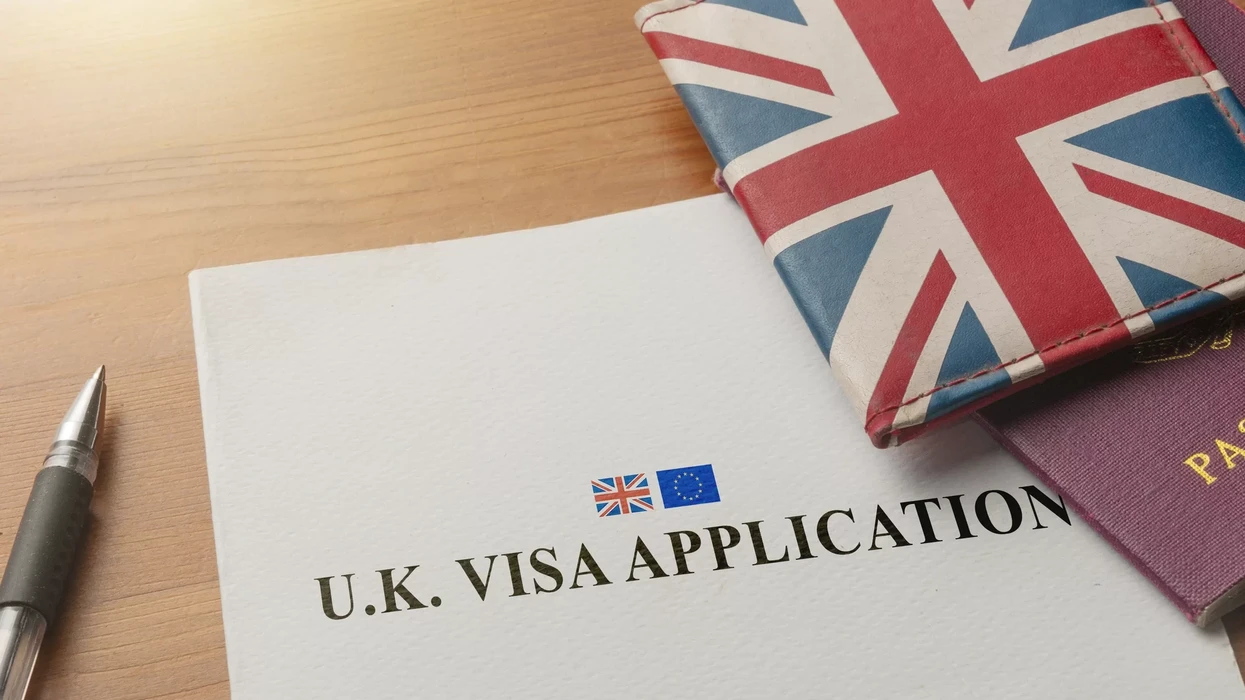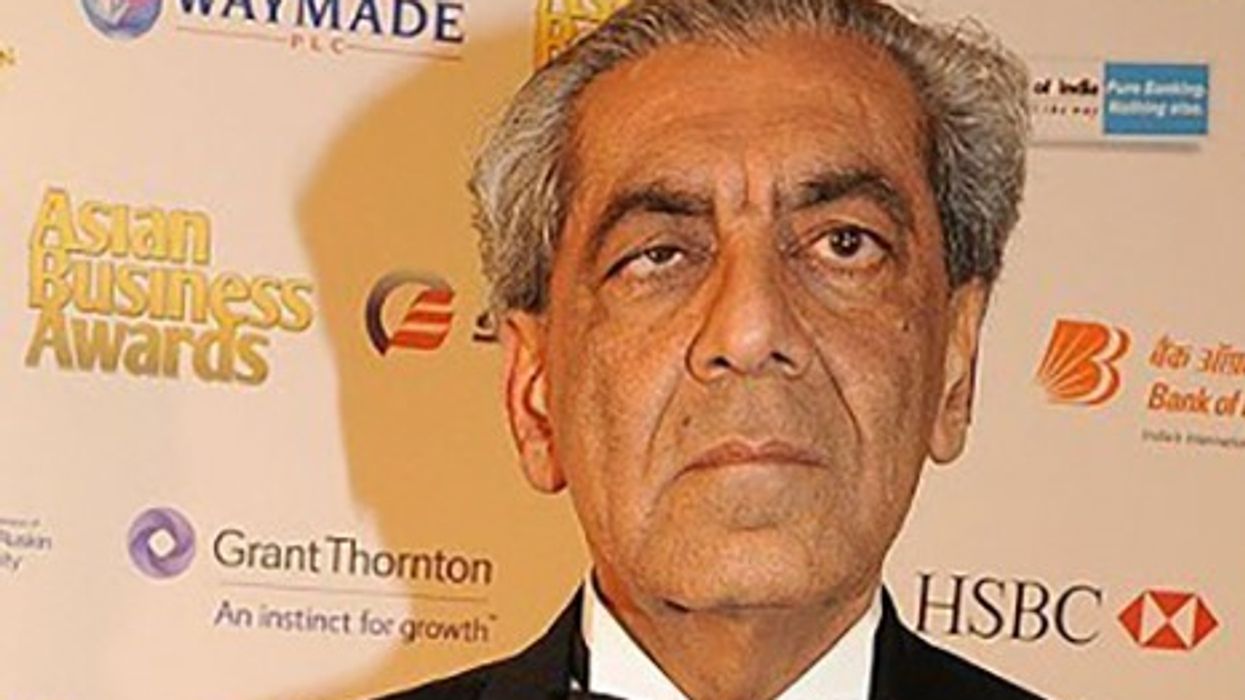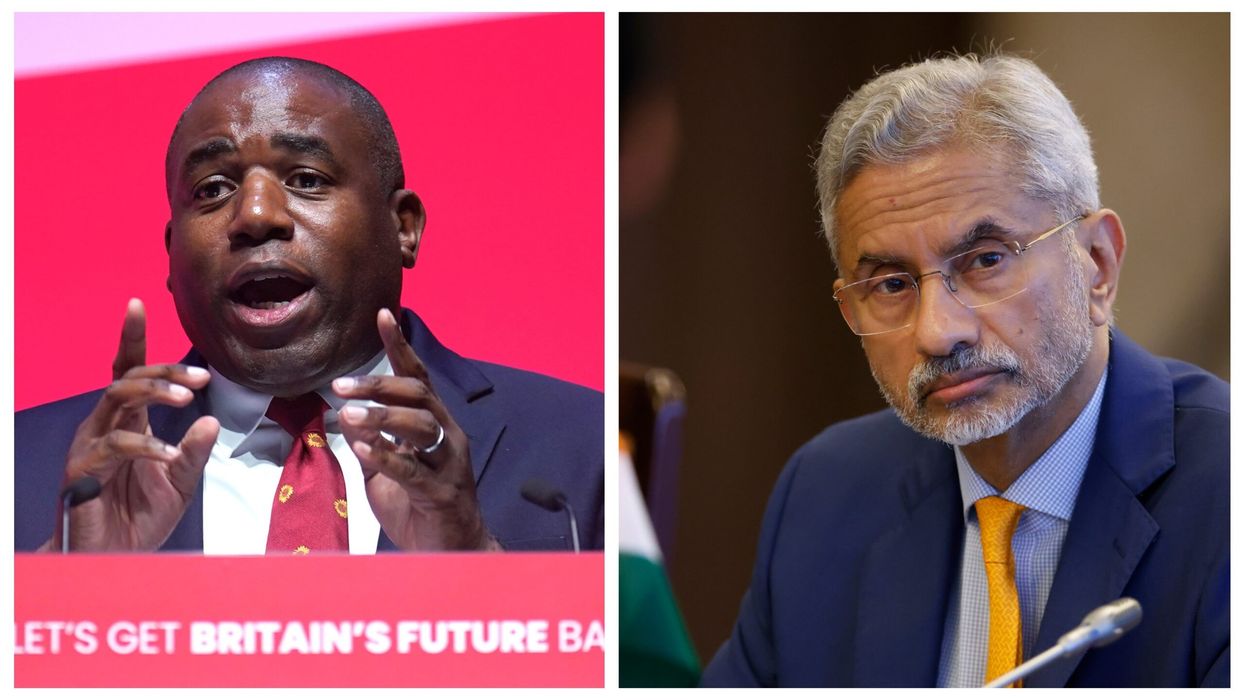CANADIANS will vote on Monday (28) to elect a new government that will confront threats from the United States and deal directly with president Donald Trump. The Liberals, who were trailing the Conservatives by a wide margin months ago, are now in a close race after a late surge in support.
The Liberal Party, led by new prime minister Mark Carney, had been expected to lose easily to the Conservatives' Pierre Poilievre until Trump's attacks on Canada triggered a shift in poll forecasts.
Carney, 60, replaced Justin Trudeau as prime minister last month and has never held elected office before. He previously worked as an investment banker and served as the central bank governor in both Canada and Britain.
Carney has said his global financial experience has prepared him to guide Canada's response to Trump's tariffs. He has promised to revitalise internal trade and expand Canada's economic opportunities abroad to reduce reliance on the United States, which he says "we can no longer trust."
"The United States under Trump wants to break us, so they can own us," Carney has warned during the campaign.
"We don't need chaos, we need calm. We don't need anger, we need an adult," he said in the final days of the campaign.
Poilievre, a 45-year-old career politician, has focused on domestic issues, particularly the rising cost of living that made Trudeau unpopular toward the end of his decade in power.
The Conservative leader has said Carney would continue what he calls "the lost Liberal decade," and that only a Conservative government can address crime, housing shortages and other domestic priorities.
"You cannot handle another four years of this," Poilievre said over the weekend.
While Poilievre has criticised Trump, he said poor Liberal governance over the past ten years had left Canada vulnerable to a more hostile United States.
'A good pick'
Final polls show a tight race but indicate Carney is the favourite. Voters have consistently seen him as the best candidate to deal with Trump, according to surveys.
Jeff Sims, who lives near Ottawa in Quebec, said Carney has "the pedigree" to be prime minister.
"Two central banks under his belt, I think that's a good pick," the 46-year-old told AFP on Sunday.
At a Conservative rally over the weekend in Oakville, west of Toronto, Janice Wyner said Carney represented no real change from Trudeau.
"Trudeau's policies stunk and it's the same party," she told AFP.
"Canada is just in a mess. I'm 70 years old. It's not even a country that I recognise and I'm worried for my grandkids."
Nadine Sokol, a 41-year-old living near Ottawa, said "the threat coming from the US" was her "number one issue."
Historic turnaround
A Liberal victory would mark one of the most dramatic turnarounds in Canadian political history.
On January 6, when Trudeau announced he would resign, the Conservatives led the Liberals by more than 20 points in most polls, and Poilievre appeared on course to become prime minister.
Carney's replacement of Trudeau and concerns over Trump changed the race.
Public broadcaster CBC's poll aggregator on Sunday put Liberal national support at 42.8 per cent and the Conservatives at 38.8 per cent.
As in US elections, national polling may not directly predict the result.
The performance of smaller parties such as the New Democratic Party (NDP) and the Bloc Québécois will also be watched.
In previous elections, strong NDP results in Ontario and British Columbia, and Bloc gains in Quebec, have limited Liberal seat counts. However, polls suggest both smaller parties could face setbacks this time.
Nearly 29 million Canadians are eligible to vote, out of a population of around 41 million. A record 7.3 million people have already cast advanced ballots.
Polls open at 8:30 am local time in the Atlantic province of Newfoundland and Labrador. Canada spans six time zones.
Voters will elect 343 members of parliament, with 172 seats needed for a majority. The Liberals won a majority in 2015 but have governed with a minority since 2019.
(With inputs from agencies)


















